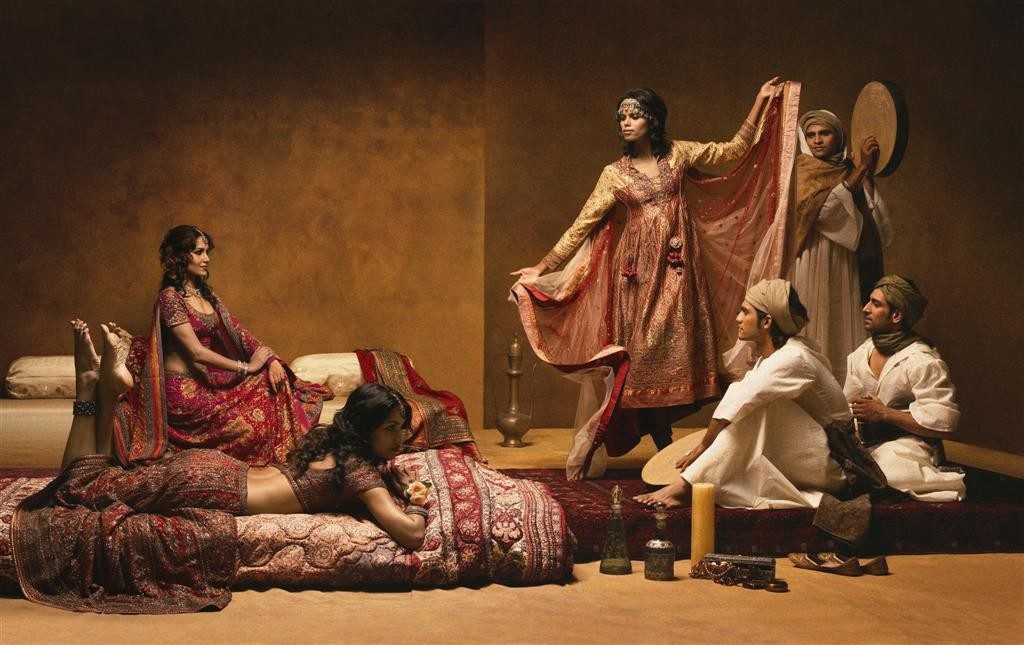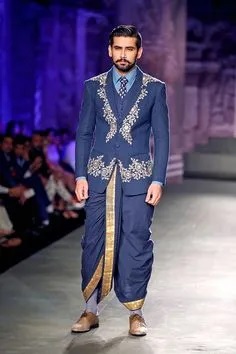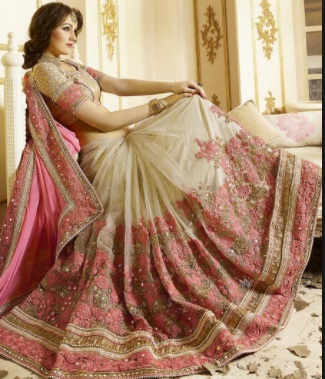Ethnic wear in India are garments that are originally created from age old Indian culture and traditions. They are primarily influenced by colour, heritage and region.
If ethnic wear interests you, pursue a diploma in fashion designing. This course is furnished with subjects that talks about different types of ethnic wear and also teaches you how to design them.
But for now, here’s some information on different types of ethnic wear in India that might interest you.
North India: Dhotis were the only fashion for men in this part of the country. As fashion evolved they were recreated to fit into the new age style of clothing.
Dhotis can be paired up with a long or a short kurta. The difference in the style of draping this versatile garment, gives it a new name like vesti, lungi, etc.
For festivals and special occasions men also wear sherwanis or jodhpuri suits teamed with dhoti, which gives it a mix of Indo-western look. Today, though the ethnic wear is fused with western wear, the Indian touch remains dominant.
Cold places like Jammu and Kashmir, men and women wear a long coat or cloak like top called Pheran which is mainly made of wool.
If you are amazed by these unusual names of clothing a fashion design diploma will help you understand it better, as the course revolves around fashion that was and is.
Ethnic wear for women is filled with radiant colours. Salwar kameez, ghagra choli and kurta pyjama are predominant types.
Salwar kameez is a two-piece wear which has a long top and a loose bottom. The bottom wear has different types while the top wear is only of one type made in different styles.
Ghagra choli, is a festival or an occasional wear for women in northern part of India. It is a long skirt with a blouse, choli is a drape which compliments the ghagra. Usually created by fabrics that are inspired by Indian culture.
South India: South Indian wear is a saree made in a simple and light manner for it to suit the warm climate. Saree is a long drape wrapped along the body length in a particular manner. It is paired with a blouse. Men wear an unstructured cloth wrapped around their waist called Lungi.
Consider fashion and design courses for obtaining a complete knowledge on fashion in different parts of India. For instance, in North East India, the true spirit of ethnic wear represents their typical tribal culture.
Fashion designing courses have a dedicated subject about Indian culture and the history of Indian ethnic wear, so if your interest lies in designing, join Hamstech institute of fashion design and learn all about the colourful life and culture that reflects on ensembles donned by the Indians.
On the other hand, in the Western regions, the ethnic wear is no different than that of the north India. A little change in the fashion of men’s wear which is dhotis and loose short kurtas.
So use this knowledge and create designs that define India’s diversity in Fashion.




